Col. Earl G. Matthews, the Army colonel who served as the senior legal advisor to Maj. Gen. William J. Walker, the commanding general of the District of Columbia Army National Guard during the Jan. 6, 2021, Capitol Hill protests, told RedState that Bryan A. Bonner, an investigative counsel for the House Select Committee on the January 6 Attack, acknowledged to him that the J6 narrative spun by senior Army leaders was flawed, and he would pursue the discrepancies.
“He told me that he knew that there were major problems with the DOD’s Inspector General report and that he was going to recommend to the committee that they go back to DOD and figure out what went wrong,” said Matthews, who, on Oct. 20, filed a 37-page Whistleblower Reprisal Complaint with the Pentagon's inspector general requesting the IG correct its report to bring it into alignment with events and conversations surrounding J6 that he witnessed.
Bonner, who is now regulatory counsel at Clear, told Matthews he would go to his higher-ups on the J6 Committee to resolve the inconsistencies, the colonel said.
“There was so much stuff that was wrong in that report, and so he told me he was going to do that, but he said it wasn't up to him,” Matthews said. “It was up to the committee how they were going to handle it, and they chose to do nothing, obviously.”
Bonner, a former Air Force JAG officer who wore a large Space Force lapel pin at the office, was assigned to the committee’s Blue Team, which focused on the role of law enforcement and law enforcement officers in the pre-J6 planning and the J6 security failures.

The Blue Team was led by Soumya Dayananda, who was a Senate staffer supporting the Senate Homeland Security Committee’s J6 investigation before she joined the J6 Committee. Matthews also said he dealt with the committee’s chief investigative counsel, Timothy Heaphy, the son-in-law of Gen. Eric Shinseki.
Matthews said Bonner and other staffers would not say that Army leadership outright lied. “They called it our stories [were] irreconcilable, and there were discrepancies—to me, that was a euphemism for lying."
Along with Bonner, the colonel was questioned by Damon Marx and Robin Peguero for roughly two hours, and towards the end of the session, Matthews said he asked Bonner: “Where does Walker go to get his good name back?”
Bonner replied that he knew that Army witnesses were changing their stories and that he was going to recommend that the J6 Committee go back to the Army and resolve the contradictions and differing accounts.
Matthews: Army secretary restricted Walker’s ability to respond to Capitol Hill protests
At issue is the question as to why the D.C. National Guard arrived at the Capitol grounds, less than two miles from the guard’s armory, after 5 p.m.—and after New Jersey state troopers.
The colonel said Walker told the Army leadership that his force was ready to deploy to Capitol Hill, and before J6, the guard prepositioned gear at different points in the District of Columbia so the gear was readily available to Guardsmen and they did not have to report to the armory to be issued equipment.
In his March 3, 2021, testimony to the committee, the general said he requested permission in a Jan. 1, 2021, letter to Army Secretary Ryan McCarthy to respond to support the Metropolitan Police Department during the congressional certification of the 2020 presidential election.
In his Jan. 5, 2021, reply, McCarthy told Walker he was authorizing 340 personnel, including 40 personnel for a Quick Reaction Force, the general testified.
Matthews said the 340-man contingent was a joint task force created with both the Army National Guard and the Air National Guard, with the QRF drawn from Air Force security airmen and other specialties assigned to the guard's 113th Wing at Andrews Air Force Base, Maryland.
The Secretary of the Army’s Jan. 5 letter withheld authority for me to employ the Quick Reaction Force.
In addition, the Secretary of the Army’s memorandum to me required that a “concept of operation,” CONOP, be submitted to him before any employment of the QRF. I found that requirement to be unusual, as was the requirement to seek approval to move Guardsmen supporting MPD to move from one traffic control point to another.
Walker testified he called Army leadership the day of the Capitol Hill protests after he received a phone call from Capitol Police Chief Steven Sund at 1:49 p.m., telling them Sund requested backup from the Capital Guardians.
That moment, the mission changed from support of the MPD to support of the Capitol Police Department at Capitol Hill.
Walker further testified that McCarthy, who has delegated control of the guard because there is no governor, as in the states and other territories, ghosted Walker, who was waiting for authorization to deploy—unaware that Acting Defense Secretary Christopher Miller had already approved at 3:04 p.m., the mission to support the Capitol Police.
Matthews said McCarthy had the authority to order the Guardsmen to the Capitol, but in an effort to cover his own prospects for continuing into the incoming Biden administration, the former Army captain drafted a memorandum to Miller, which kicked the decision-making upstairs—adding an unnecessary stop in the chain of command.
Immediately after the 1:49 p.m. call with Chief Sund, I alerted the Army senior leadership of the request.
The approval for Chief Sund’s request would eventually come from the Acting Secretary of Defense and be relayed to me by Army Senior Leaders at 5:08 p.m.–3 hours and 19 minutes later. We already had Guardsmen on buses ready to move to the Capitol. Consequently, at 5:20 p.m., in under 20 minutes, the District of Columbia National Guard arrived at the Capitol. We helped to re-establish the security perimeter at the east side of the Capitol to facilitate the resumption of the Joint Session of Congress.
“I was there at that hearing; I was with General Walker,” the Philadelphia native said.
“General Walker came in there, and he talked about a three-hour and 19-minute delay,” he said. “He said that the D.C. Guard could have responded immediately, but that Army leadership would not approve him to go to the Hill.”
The colonel said between 2:30 p.m. and 6 p.m., there was no contact with and no direction from McCarthy to Walker, and while Army leaders claimed the delay was because they were developing a plan, the D.C. Guard was never presented with a plan.
“We had our own plan,” he said. “This is the National Guard. The plan was to get on the buses in our riot gear and drive to the Hill.”
What Matthews and Walker did not know at the time was that the head of President-elect Joseph R. Biden Jr.'s Pentagon transition team, Christine E. Wormuth — whom Biden would name his Army Secretary — was meeting with Chairman of the Joint Chiefs of Staff Mark A. Milley that day.
Matthews: My J6 Committee testimony was quoted but not made public
Matthews, a graduate of Harvard Law School, said he testified to the J6 Committee, but although he is quoted and referred to in the committee’s report, he has never seen a transcript of his informal interview, while unsworn but subject to perjury.
Check out my report “Army Colonel J6 Witness: 'Milley Is the Don Barzini of the Deep State'” for more insights into Milley’s J6 role.
The combat veteran of Afghanistan said there had to be a tape of the testimony, but it could be part of the cache of J6 Committee’s evidence that was destroyed.
"They had to have recorded them," the Villanova graduate said. "They quoted me pretty accurately, so they didn't tell me they were recording, but they recorded them.”
Matthews said that McCarthy testified there were calls to Walker with approval to deploy the guard to the Capitol at 4:35 p.m. and then called again at 5 p.m. to follow up. These calls are memorialized in the Pentagon’s IG report and the Army’s official narrative commissioned by Lt. Gen. Walter Piatt, the Army staff director.
The colonel said Walker has no record of any calls coming into him and that McCarthy was at a press conference with Washington Mayor Muriel Bowser at 5 p.m.
“The report said that Walker failed to move, and so McCarthy had to get up, call him back at 5 p.m., and so-called reissue the go order because Walker didn't move," he said.
“They were saying that Walker had lied to Congress and that he was incompetent because he sat on his ass while the Capitol was being overrun,” he said.
“Had he been directed to go? Well, no,” the colonel said.
“I got a call from a reporter — they were like: ‘Earl, where did this 1635 call come from?’ I was like: ‘What the hell are they talking about? There was no 1635 call,’” he said.
Matthews, who served on President Donald J. Trump's national security staff, said Brig. Gen. Christopher C. LaNeve, the director of operations, readiness, and mobilization, had testified to the J6 Committee that he overheard McCarthy making the 5 p.m. call.
After leaving his Pentagon billet, LaNeve received his second star and became the 82nd Airborne Division’s commanding general. In November, the general was nominated for his third star and selected to be the Eighth Army's commanding general in South Korea.
McCarthy said he heard LaNeve give the order, while LaNeve said he heard McCarthy provide the order, but LaNeve's account was included in the J6 Committee report.
“They were pointing in each other's direction,” he said.
“The thing is that McCarthy's interview is transcribed, but LaNeve’s wasn't — like mine,” he said.
“I don’t know what happened to his interview — what did they do with it? What did they do with those notes? How do we verify what LaNeve said?” he asked.
What is next?
The mysteries of what happened Jan. 6, 2021, are complicated by the work of the J6 Committee to weaponize its investigation to take down Trump rather than investigate what really happened.
One example of these complications is the case of Rep. Barry Loudermilk (R.-Ga.), whom the J6 Committee accused of helping so-called insurrectionists with pre-J6 tours of the Capitol to support their efforts.
Now, Loudermilk is a senior member of the House Administration Committee and chairman of its Oversight Subcommittee. In his new role, Loudermilk asked for the J6 Committee files, tapes, and documents, only to be stiff-armed by the defunct J6 Committee's chairman, Rep. Bennie Thompson (D.-Miss.).
My RedState colleague Bonchie reported on Thompson’s handling of the J6 Committee’s materials in his article “Bennie Thompson Stuns and Confuses, Claims January 6th Committee Members Never Had Access to Footage.”
What has to happen before we pass another J6 anniversary is to find the missing transcripts and tapes and, once and for all, find out what it was all about.
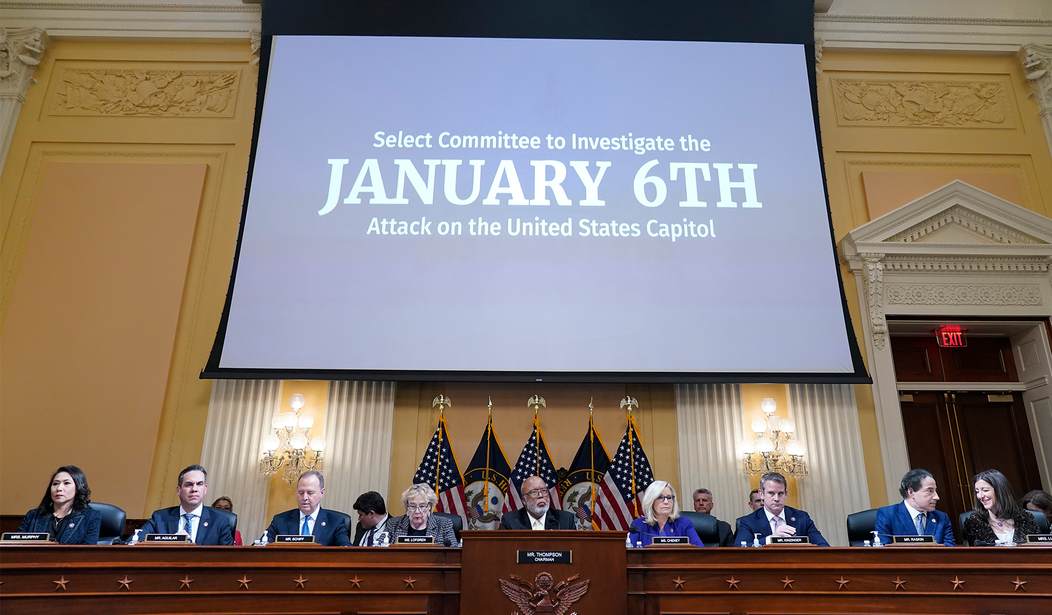
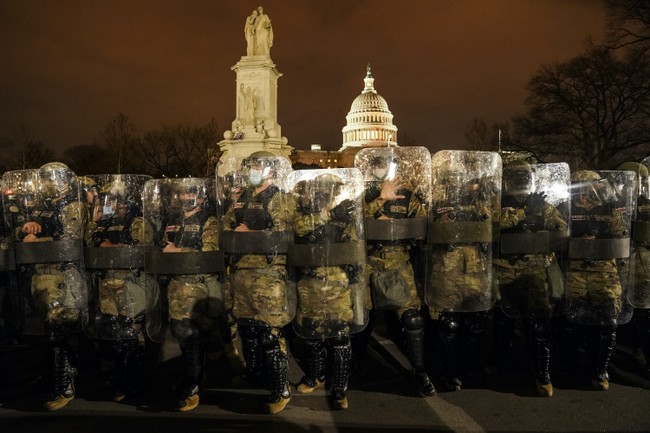
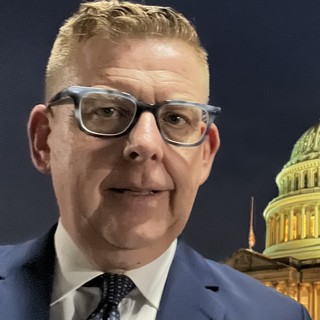

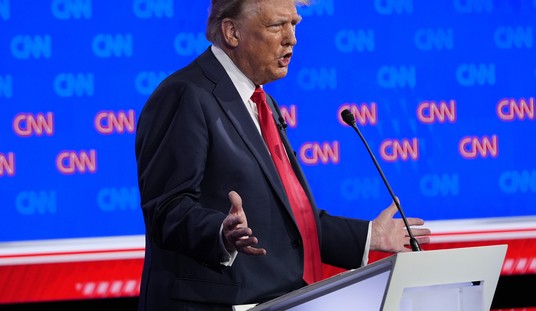

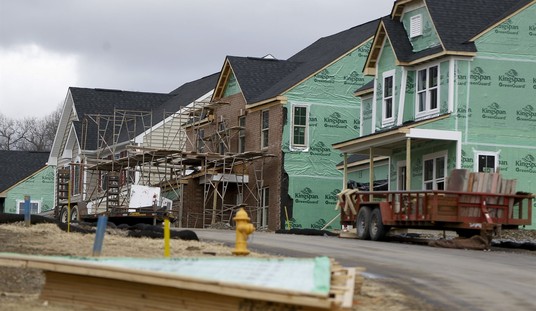
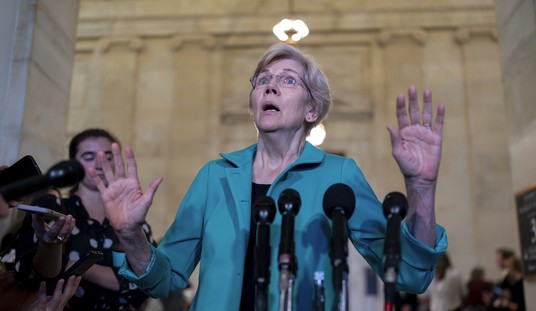
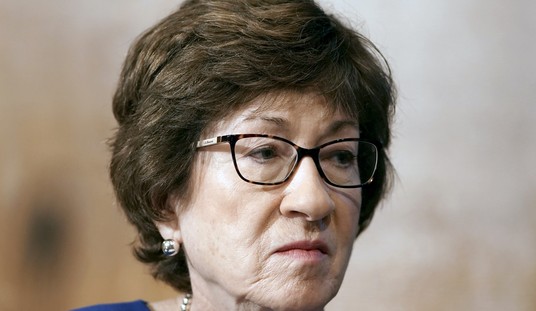



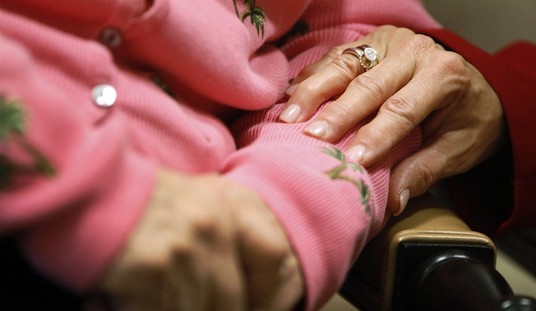


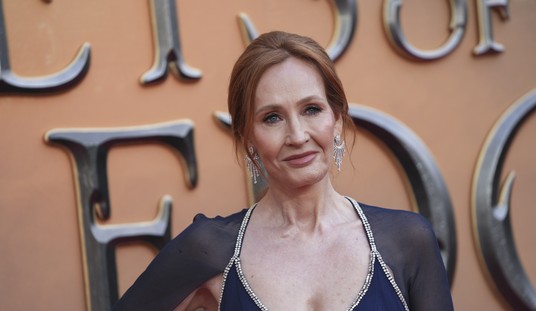
Join the conversation as a VIP Member